Here is a bit a code for getting some informations about the available NSLocale-Objects in SWIFT, Just put the code into the Playground:
func printInEnglish() {
// get all available Identifiers
let allLocaleIdentifiers : Array<String> = NSLocale.availableLocaleIdentifiers as Array<String>
// init an english NSLocale to get the english name of all NSLocale-Objects
let englishLocale : NSLocale = NSLocale.init(localeIdentifier : "en_US")
// enumerate all available Identifiers
for anyLocaleID in allLocaleIdentifiers {
// get the english name
var theEnglishName : String? = englishLocale.displayName(forKey: NSLocale.Key.identifier, value: anyLocaleID)
if theEnglishName == nil {theEnglishName = "no english name available"}
// create a NSLocale-Object
let anyLocale : NSLocale = NSLocale.init(localeIdentifier : anyLocaleID)
// ask for CurrencyCode, CurrencySymbol and CountryCode, ... of the created NSLocale-Object
var theCurrencyCode : String? = anyLocale.object(forKey: NSLocale.Key.currencyCode) as? String
if theCurrencyCode == nil {theCurrencyCode = "no Currency Code available"}
var theCurrencySymbol : String? = anyLocale.object(forKey: NSLocale.Key.currencySymbol) as? String
if theCurrencySymbol == nil {theCurrencySymbol = "no currency symbol available"}
var theCountryCode : String? = anyLocale.object(forKey: NSLocale.Key.countryCode) as? String
if theCountryCode == nil {theCountryCode = "no country code available"}
var theLanguageCode : String? = anyLocale.object(forKey: NSLocale.Key.languageCode) as? String
if theLanguageCode == nil {theLanguageCode = "no language code available"}
// print the result -> see the result in LoggingArea of xCode
print("Identifier : \(anyLocaleID)\nName : \(theEnglishName!)\nCurrencyCode : \(theCurrencyCode!)\nSymbol : \(theCurrencySymbol!)\nLanguageCode : \(theLanguageCode!)\nCountryCode : \(theCountryCode!)\n----------------------------")
}
}
printInEnglish()
You get this kind of information (example):

